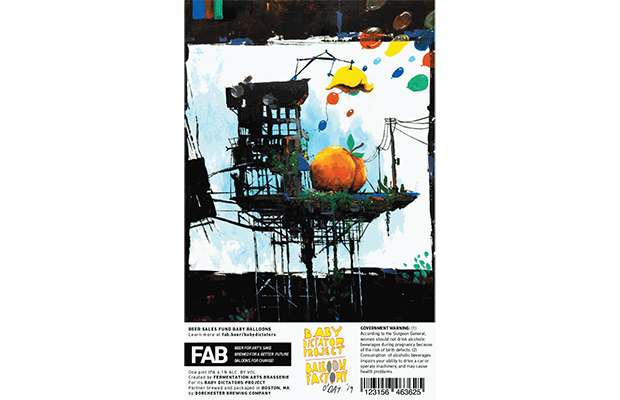
Cider is following in craft beer’s footsteps and cans are far and away the fastest-growing package format for ciders said St. Vrain Cidery co-founder and cidermaker Dan Daugherty.
“Cans are light, can be packed into locations that don’t allow glass — like national and state parks,” he said, noting that cans can be a critical consideration in Colorado.
“Bottles still have their place, primarily for premium ciders of the small batch and one-off varieties, and those with higher ABV,” Daugherty said.
The Longmont, Colorado cidery cans its flagship ciders with wraparound labels and Daugherty plans to bottle a few unique batches the rest of this year.
Kekionga Cider in Fort Wayne, Indiana has put its focus mostly on cans now, said co-founder Tyler Butcher.
”We feel that cans are better geared for our target market,” he said. ”Cans have also allowed us to be competitive with our retail price.
”We will release some seasonal specialties of 750ml bottles at our tasting room only.”
Of course, there are rulings in place that cideries have to abide by. Daugherty pointed out that since cider is a wine according to the TTB, so anything over 6.9 percent ABV cannot be in a 12 or 22 oz format and instead has to be packaged in mL-denominated formats like 500 and 750s.
“There is a lot of wiggle room under 6.9 percent, since that falls under FDA labeling rules rather than TTB … (there can be tax implications as well).
“Welcome to the confusing world of cider packaging and taxation. Brewers have it easy,” Daugherty joked.
”Longnecks aren’t really on anyone’s radar that I know of these days (beer or cider). They just aren’t the future.”
For some great insights, we encourage you to read South City Cider CEO Alex Martell’s views on this topic in the cidery’s blog post.




1 Trackback / Pingback